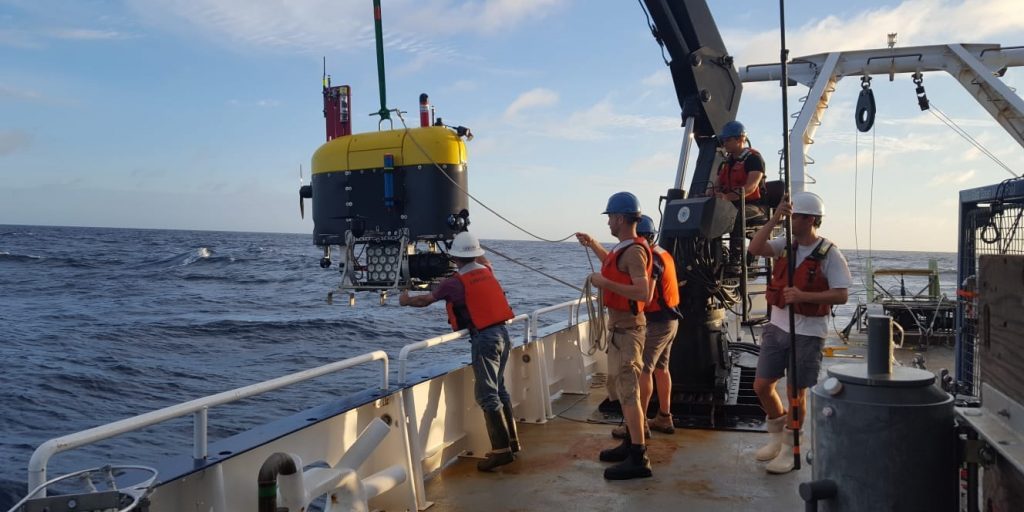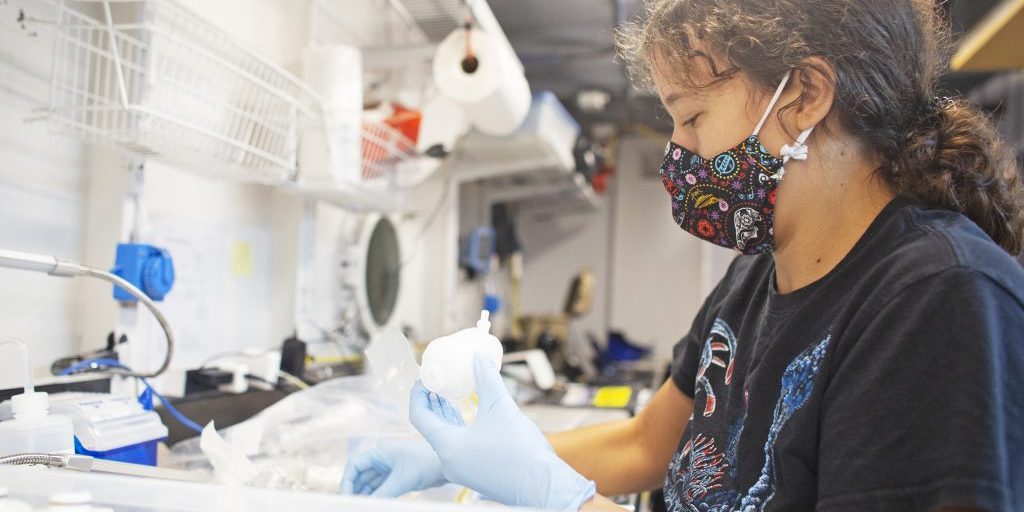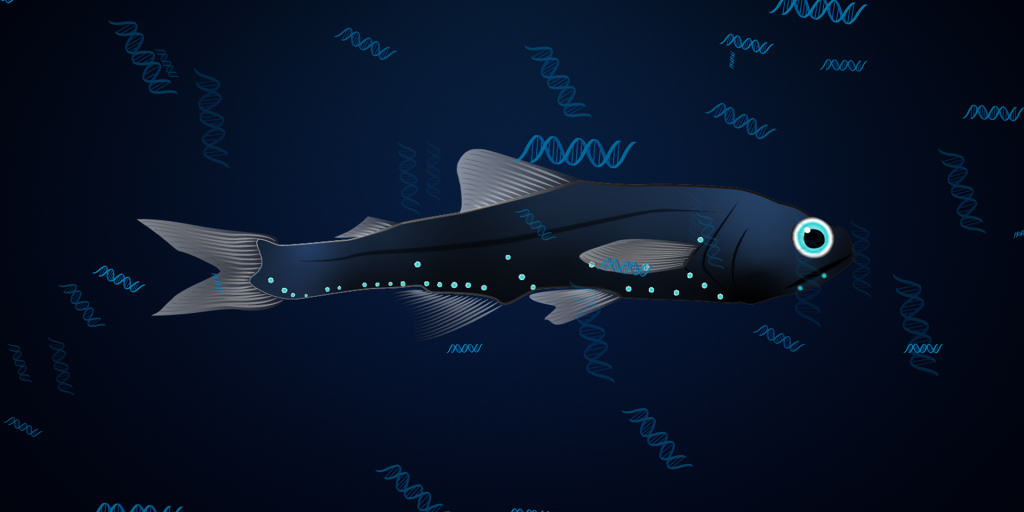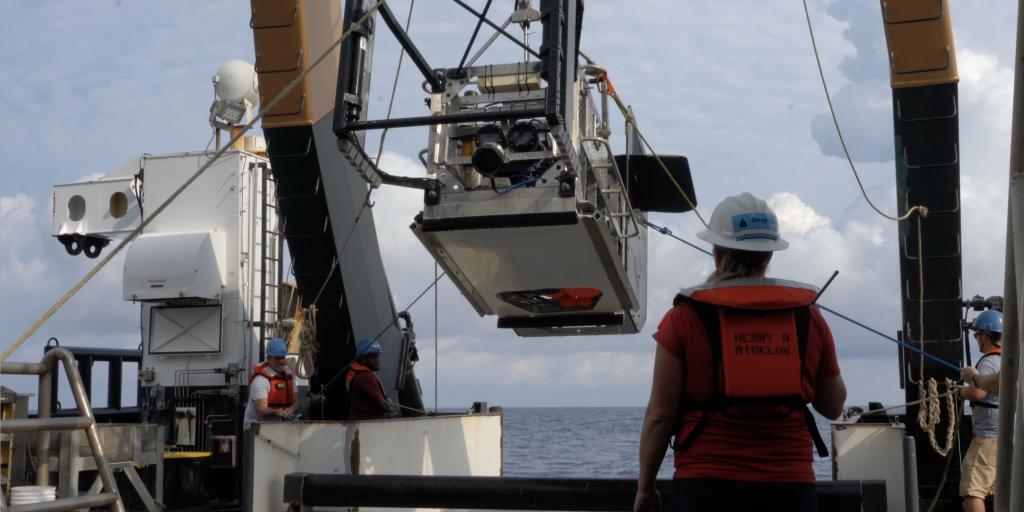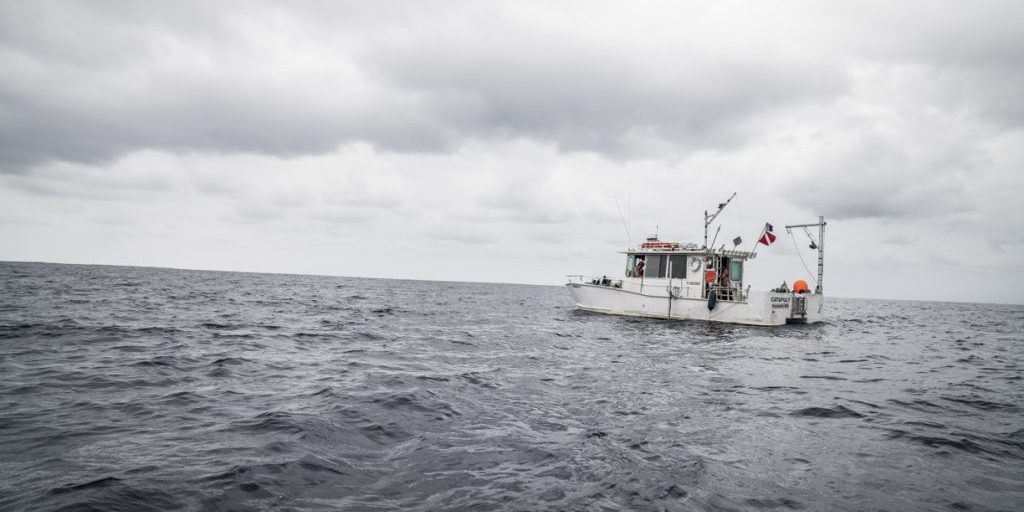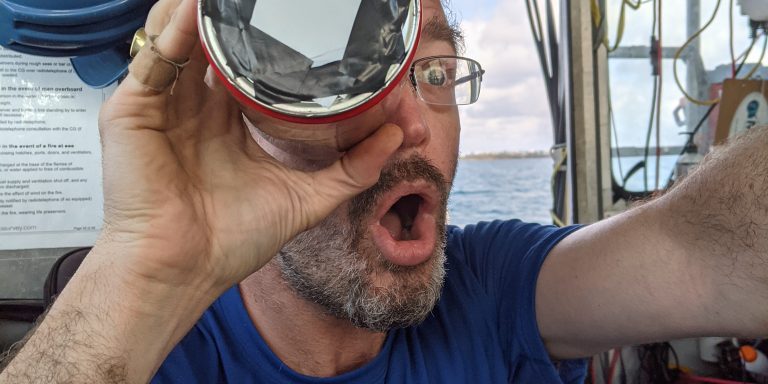Technology in the Ocean Twilight Zone
The ocean twilight zone is incredibly hard to reach.
At 400-3000 feet below the ocean’s surface, the twilight zone is far deeper than humans can easily explore. It also covers a vast area, spanning most of the world’s open oceans—so studying its ecosystem requires innovative new science and technology.
Our team is developing powerful new submersible vehicles, 3D imaging cameras, sonar systems, DNA sampling techniques, and an entire fleet of cutting-edge autonomous sensors. We’re also developing new laboratory methods to study the zone, including pioneering work in environmental DNA (eDNA) and carbon isotope analysis. Using these techniques, researchers can learn which species are lurking in the zone—even if they can’t actually see them—and identify where they fit into the zone’s complex food web.
Each of these of these technologies has inherent strengths and weaknesses. By using them together, though, they offer more than the sum of their parts. As a suite of tools, they’re letting scientists paint a more detailed picture of the twilight zone than has ever before been possible.







